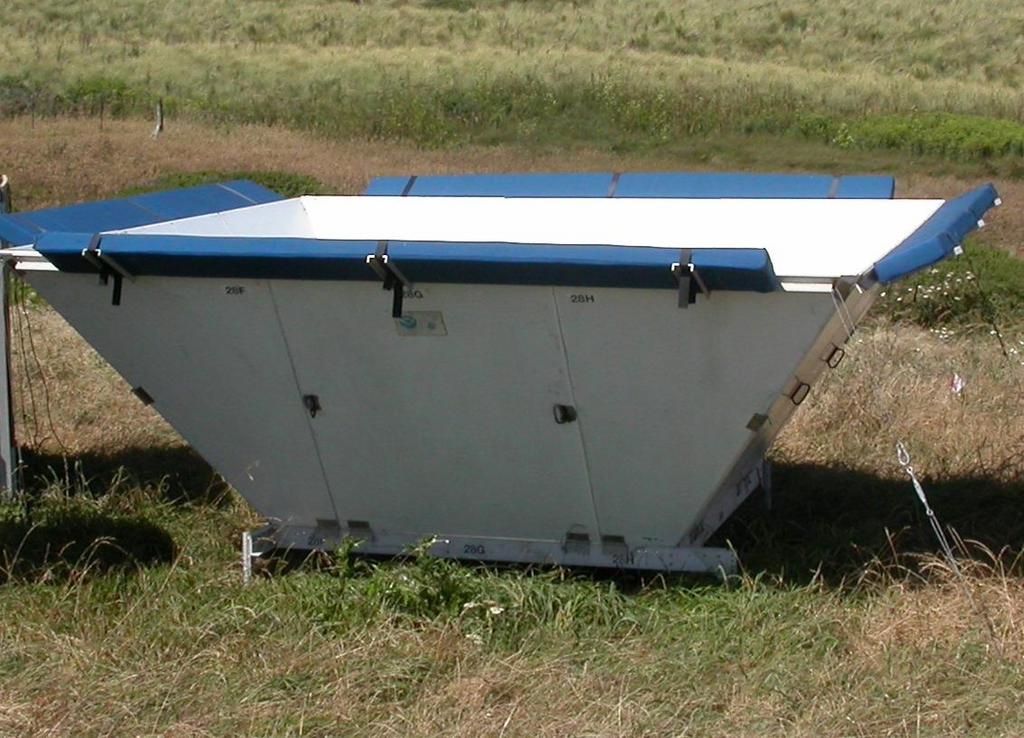Tornado warnings save lives. In order to save lives, however, tornado warnings—issued when a tornado has been sighted or identified by Doppler radar—need to be early and accurate. According to the U.S. National Oceanic and Atmospheric Administration (NOAA) National Weather Service, the current average lead-time for tornado warnings in the United States is 13 minutes. Because every second counts, the report in Atmospheric Science Letters (November 2017) of a tornado-prediction method with 90 percent accuracy within a 100-kilometer radius represents a potential breakthrough. See also: Doppler radar; Tornado

In tornado forecasting, meteorologists typically look for specific “signatures,” such as wind speed and cloud debris, in a radar signal. In addition to these signatures, researchers at Western University in London, Canada, probed turbulence strength in the lower 2 kilometers of the atmosphere, using radars called wind profilers. After analyzing 16 years of tornado data, they found that the combination of strong turbulence and wind speeds provided a radar signature of tornados. This wind speed and turbulence signature was present 90 percent of the time within the span of 10 to 20 minutes before a tornado formed, with less than a 15 percent chance of a false detection, suggesting a more reliable method for forecasting. See also: Meteorological radar; Radar meteorology; Storm detection; Turbulent flow; Wind
Most of the tornadoes detected in the study were types EF0 (weak) to EF2 (strong) on the Enhanced Fujita Scale. According to the National Weather Service, these are harder to detect and provide subsequent advance warning than for EF3 (severe) and stronger tornadoes. Since the development of tornado warning systems in the 1950s, annual deaths have been reduced by 50 percent. In 2011, a total of 553 people were killed by tornadoes in the United States—an outlier year. In that year, which highlights the need for more reliable tornado forecasting, warnings were issued beforehand for 75 percent of the tornadoes that formed with an average warning time of 15 minutes, according to the National Weather Service.





